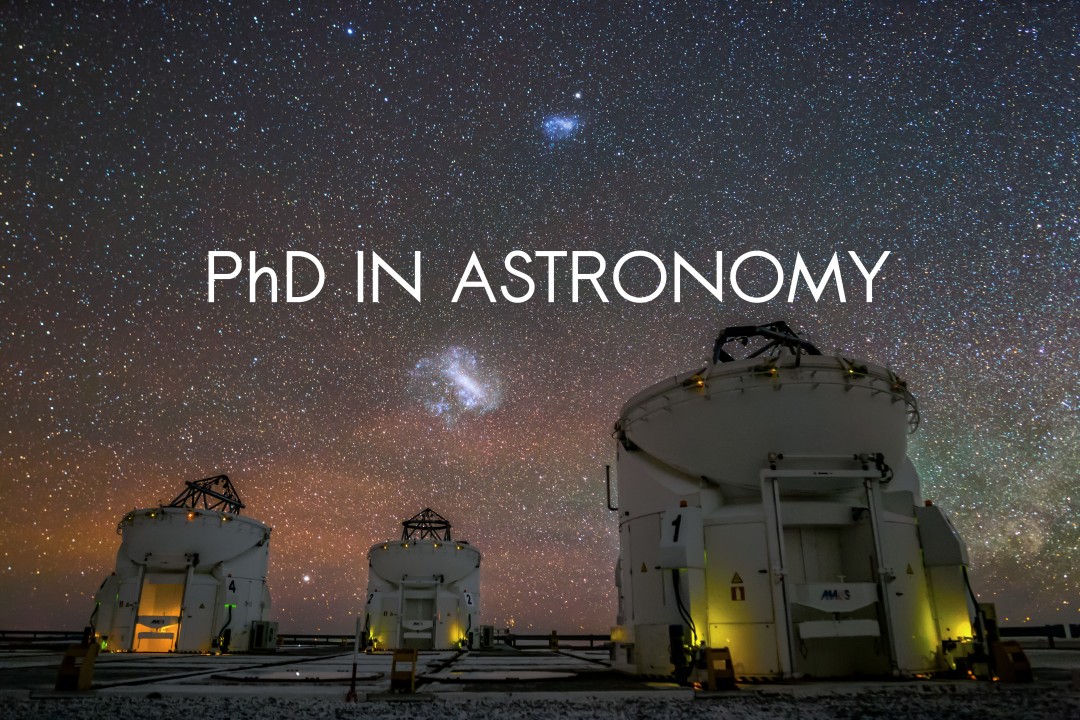Ph.D. in Astronomy: Introduction, Admission, Registration, Eligibility, Duration, Fees, Syllabus 2024

Introduction:
A Ph.D. in Astronomy is a research-intensive program designed for individuals aiming to contribute significantly to the field of astronomy and astrophysics. This advanced degree involves exploring the universe’s mysteries, from the physics of celestial objects to the dynamics of galaxies. Candidates engage in original research, pushing the boundaries of human knowledge about space.
Admission Process
- Application submission with relevant documents.
- Entrance exams like JEST for certain institutes.
- Interviews and assessment of research potential.
Eligibility Criteria:
- Master’s degree in Physics, Astrophysics, or related fields.
- Proficiency in mathematics and physics.
- Research experience or publications can be advantageous.
Completion Time:
Typically, completing a Ph.D. in Astronomy takes about 5-6 years. This period includes coursework, research, thesis writing, and defense. The exact duration can vary based on the research topic’s complexity and the institution’s requirements.
Career Opportunities:
- Research Scientist in observatories or space agencies.
- Academic positions as professors or lecturers.
- Roles in the aerospace industry.
- Data analyst or scientist positions.
Syllabus Overview:
- Advanced courses in radiative processes, fluid mechanics, and plasma physics.
- Electives in galaxies, general relativity, and cosmology.
- Research methodology and astronomical techniques.
Internship Opportunities:
- Summer research programs.
- Internships at observatories or research institutes.
- Fellowships like INSPIRE/KVPY for eligible candidates.
Scholarships and Grants:
- Fellowships offered by universities or research institutes.
- Grants from astronomical societies or space agencies.
- International scholarships for study abroad programs.
FAQs:
Is a background in physics necessary?
Yes, a strong foundation in physics and mathematics is crucial.
Can I work while pursuing a Ph.D.?
It’s challenging due to the program’s demands, but part-time options may exist.




